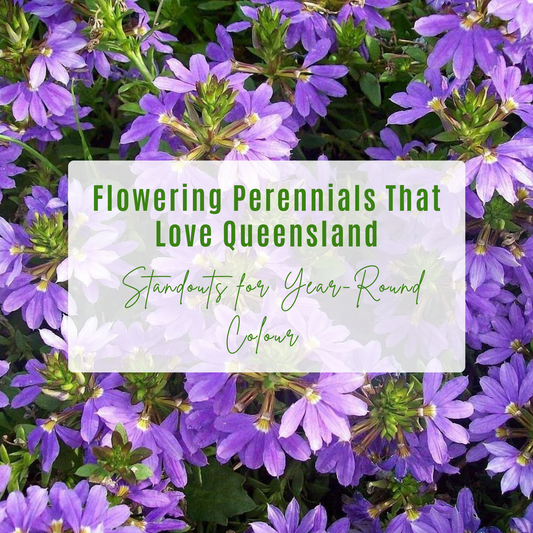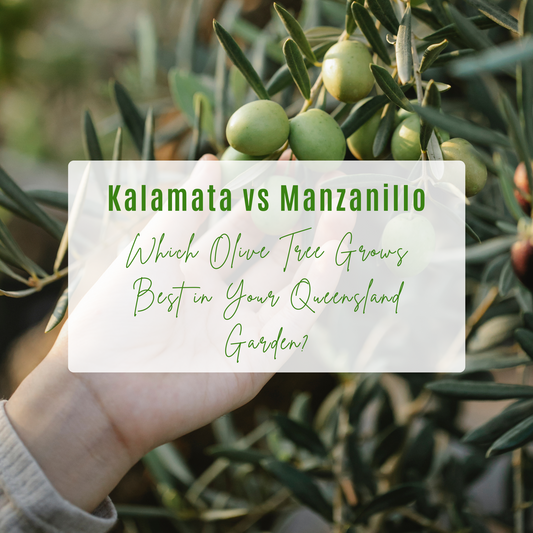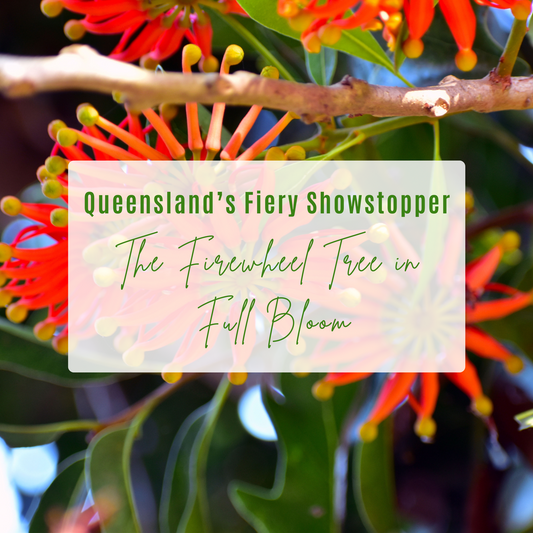
South East Queensland Gardeners: Has Your Garden Had Too Much Rain?
It’s been wet - really wet - across South East Queensland, and while the rain is great for topping up tanks and giving the garden a good soak, too much of it can spell trouble for your plants. From soggy soil to stressed roots and surprise fungal outbreaks, our gardens often need a bit of extra TLC after a serious downpour. Whether you're caring for natives, tropical or freshly planted stock.
Here’s what to look out for after prolonged rain, and the best ways to fix it using locally suited solutions.
1. Root Rot Warning Signs
Root rot is a major risk when soil stays soggy for too long - especially in plants not adapted to wet feet.
Look for:
- Yellowing or limp leaves
- Sudden wilting (despite wet soil)
- Musty or sour smells near the roots
- Mushy, darkened root systems
What to do:
- Apply a dose of Seasol or GoGo Juice to reduce transplant shock and support root recovery.
- Use gypsum to help break up heavy clay soils and improve drainage.
- In low spots, raise garden beds slightly and blend in compost with the existing soil to help water move freely.
2. Fungal and Mould Issues
Too much moisture creates perfect conditions for fungal problems like powdery mildew, black spot and mould.
Look for:
- White mould or fuzz on the soil surface
- Brown or black leaf spots
- Curling or distorted new growth
What to do:
- Trim back affected areas to improve air circulation.
- Apply a natural eco-fungicide or copper spray.
- Stick to watering in the morning at the base and avoid overhead watering.
3. Compacted or Waterlogged Soil
Heavy rain can compact soil and stop oxygen from reaching plant roots.
Look for:
- Pooled water that takes hours to drain
- Sticky or slippery soil underfoot
- Pots that won’t dry out
What to do:
- Spread gypsum on clay-heavy areas to improve drainage.
- Gently aerate soil once surface moisture dries—avoid working wet soil directly.
- Add a layer of organic mulch like sugar cane, tea tree or cypress mulch to retain warmth, regulate moisture and keep fungal spores at bay.
👉 For more on choosing the right mulch, check out our previous blog post.
4. Pest Surges After Rain
Wet conditions bring out pests like slugs, snails and fungus gnats.
Look for:
- Chewed leaves or soft stems
- Slime trails on pavers or mulch
- Tiny black flies hovering near pot plants
What to do:
- Use crushed eggshells or beer traps for snails and slugs.
- Try neem oil or eco-oil to manage fungus gnats.
- Improve airflow and let soil dry between watering.
5. Stress in New Plantings
Newly planted trees, shrubs and natives are especially sensitive to being waterlogged.
Look for:
- Drooping leaves despite wet soil
- Plant stems leaning or sunken
- Soft or translucent new growth
What to do:
- Gently lift and re-set plants if they’ve sunk into the soil.
- Blend compost into planting holes to improve structure and drainage.
- Apply a generous dose of Seasol to reduce transplant stress and encourage root growth.
Dealing with excessive rain in South East Queensland can be tough, especially if you’re working with clay soils, low-lying garden beds or freshly planted stock. But with a few local strategies, your garden can recover and thrive.
Using trusted products like gypsum for clay, compost for healthy soil and Seasol to support root repair gives your plants the best chance to bounce back. These solutions are ideal for our local climate and can help prevent long-term damage from root rot, fungal outbreaks and waterlogging.
Keep a close eye on your garden and remember - early action makes all the difference. If you're unsure what’s happening in your soil or need help finding the right fix, we’re just around the corner. Kingdom Horticulture is local, knowledgeable and always ready to help.




